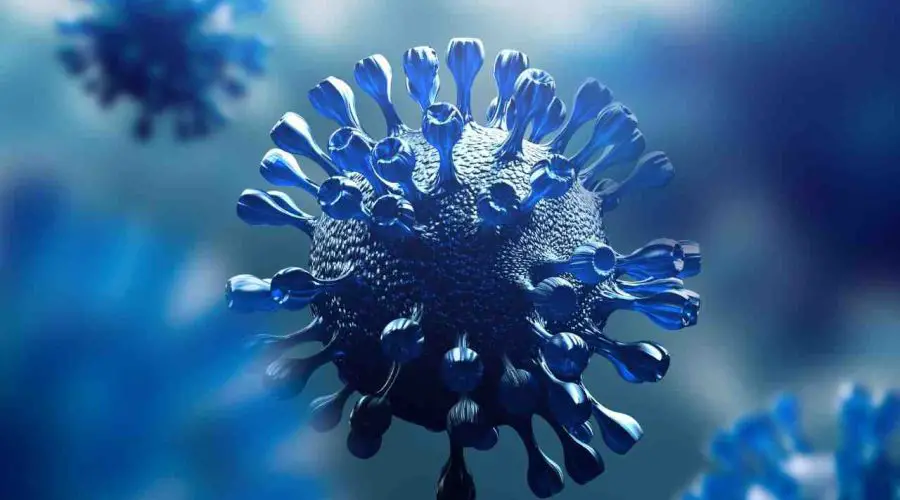Covid-19 New Variant JN.1 Detected in Kerala: Know Everything About This Variant
It was in Kerala when a novel subvariant of the COVID-19 virus was discovered: JN.1. After a 78-year-old woman from Kerala tested positive, the state’s union health minister issued a warning to all hospitals and health facilities to be ready.
The JN.1 Covid subtype is thought to have originated from the Omicron subvariant BA.2.86, also known as Pirola. The first case was reported in the US in September 2023, but seven cases of that subvariant were found in China on December 15, according to Reuters.
What is JN.1?
Following Pirola’s detection in the US, China, and now India, its descendant JN.1 is making headlines. Discovered on December 8 in the Thiruvananthapuram area of Kerala, the new strain has one mutation in the spike protein compared to Pirola or BA.2.86. Preventive interventions should be prioritized because vulnerable groups are constantly at danger, even if JN. 1 is similar to earlier Omicron strains in terms of its high transmissibility and mild symptoms. Some symptoms that have been linked to this strain include a high temperature, a runny nose, a sore throat, and gastrointestinal issues.
The first case of JN.1 was reported in the United States in September, but on December 15, seven instances were discovered in China, raising concerns about the potential spread of the virus. The CDC has issued a warning that the recent influx of COVID-19 and influenza cases could have an impact on the United States’ healthcare system. Based on the data collected by the CDC, it appears that the new Covid variant JN.1 is now responsible for a larger proportion of cases.
In India, The JN.1 Strain of Covid-19
There has been a recent detection of the JN.1 coronavirus in Kerala. A positive RT-PCR sample was taken on December 8 from Karakulam in the Thiruvananthapuram district of the southern state, where the case was discovered. After experiencing minor influenza-like illness (ILI) symptoms, the 79-year-old woman has fully recovered from COVID-19. The subvariant, which was initially found in Luxembourg, is a descendant of the Omicron subvariant, which is a descendant of the Pirola variant (BA.2.86). The spike protein is mutated in it, which could lead to enhanced infectiousness and immunological evasion. For the virus to infect humans, the spike protein is essential. “Vaccines should be effective against JN.1 because the spike protein is also found in a virus that vaccines target,” said Dr. Tushar Tayal of CK Birla Hospital in Gurugram.
Symptoms of JN.1 Disease
Approximately 15% to 29% of the cases in the US are caused by JN.1. There has been no report of an increase in hospitalizations due to JN.1, and the symptoms are modest despite the enhanced infectivity and transmissibility.
Fever, stuffy nose, sore throat, headache, cough, and moderate gastrointestinal problems are among the symptoms that have been described. Dr. Tayal adds that if people don’t take proactive precautions like washing their hands often, wearing a Triply mask, and avoiding close contact with others, the highly contagious JN.1 strain of COVID-19 could quickly spread and become the dominant strain in the bloodstream.
The discovery of a sub-variant of Omicron in Kerela occurred recently (JN.1). Many countries have reported its detection since it was initially found in the US in September of this year. Even after vaccination, this can infect those who have had infections in the past. Fever, stuffy nose, sore throat, headache, and moderate gastrointestinal symptoms are common signs of this quickly spreading virus. Usually, symptoms subside within four to five days.
Additionally, some people may experience trouble breathing. You shouldn’t be worried because there’s no proof that this version is worse than the others just yet. Everyone should take every precaution to avoid coming into touch with the disease, including washing their hands often, using a mask, and keeping their distance from sick people.

